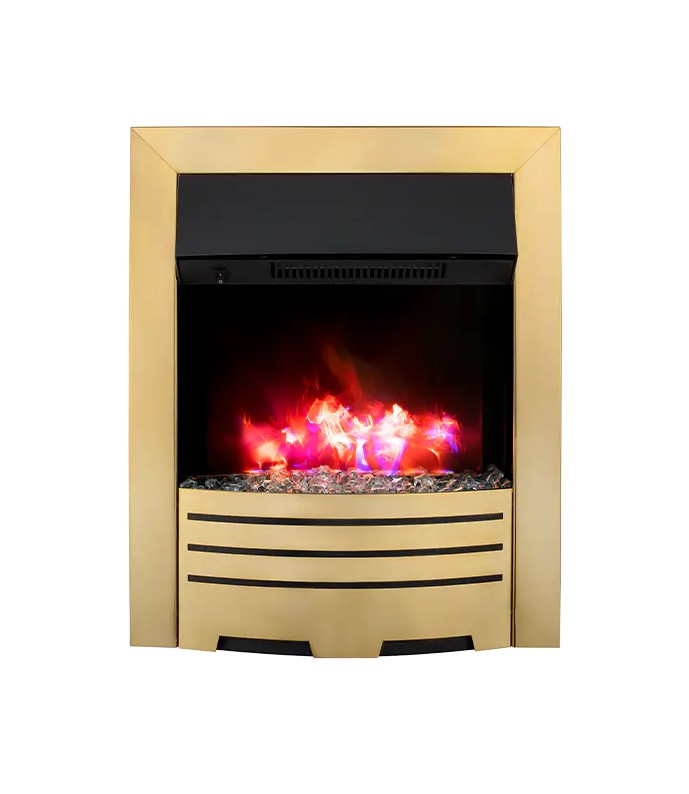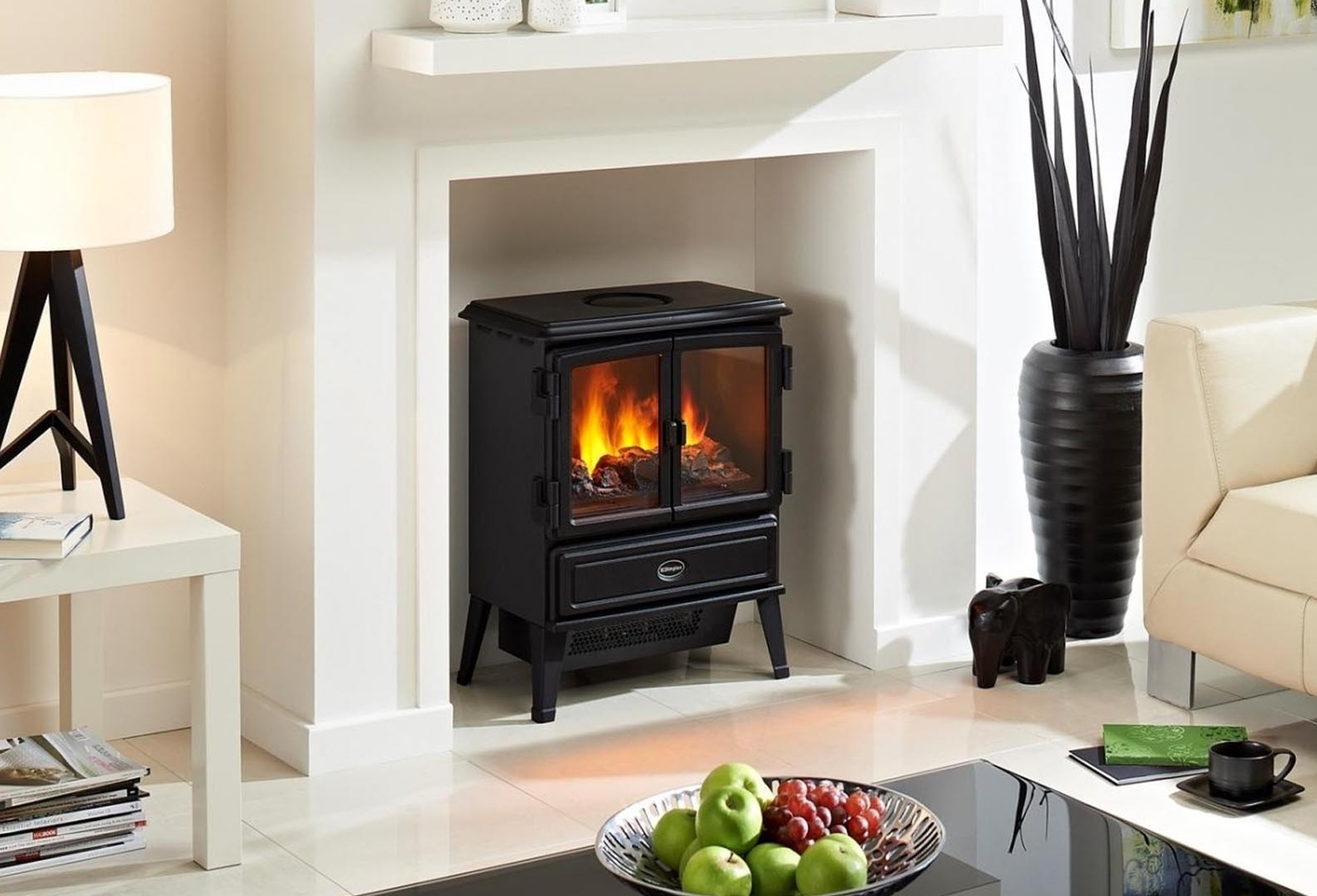When deliberating on the rust resistance of fireplace inserts, the choice between brass and stainless steel becomes significant. Stainless steel boasts exceptional durability in resisting rust due to its unique composition. It contains chromium, a key element that forms a passive oxide layer on its surface when exposed to oxygen. This layer acts as a shield, preventing the underlying steel from coming into direct contact with moisture and oxygen, thus inhibiting corrosion and rust formation. This inherent property makes stainless steel an ideal material for applications where rust resistance is paramount, such as fireplace inserts.
In contrast, while brass is admired for its aesthetic appeal and resistance to tarnishing, it is not as inherently resistant to rust as stainless steel. Brass is primarily composed of copper and zinc, and while it does possess some corrosion resistance, it lacks the protective chromium layer found in stainless steel. Consequently, brass fireplace inserts may be susceptible to corrosion over time, especially in environments with high humidity or exposure to moisture.
Factors such as the surrounding environment and maintenance practices also influence the rust resistance of fireplace inserts. In areas with high levels of humidity or proximity to moisture sources, such as coastal regions or outdoor installations, stainless steel inserts provide greater assurance against rust development compared to brass alternatives.
Proper maintenance is crucial for preserving the rust resistance of both brass and stainless steel fireplace inserts. Regular cleaning and drying can help remove contaminants and moisture that could potentially accelerate corrosion. Applying protective coatings or treatments designed for metal surfaces can also enhance the longevity of fireplace inserts by providing an additional barrier against rust formation.
While both brass and stainless steel are utilized for Brass/Stainless Steel Insert Fireplace, stainless steel generally offers superior rust resistance due to its chromium content and the protective oxide layer it forms. However, factors such as environmental conditions and maintenance practices play significant roles in determining the longevity and performance of fireplace inserts in resisting rust.

 0086-574-62766180/62766182
0086-574-62766180/62766182






 English
English 中文简体
中文简体













